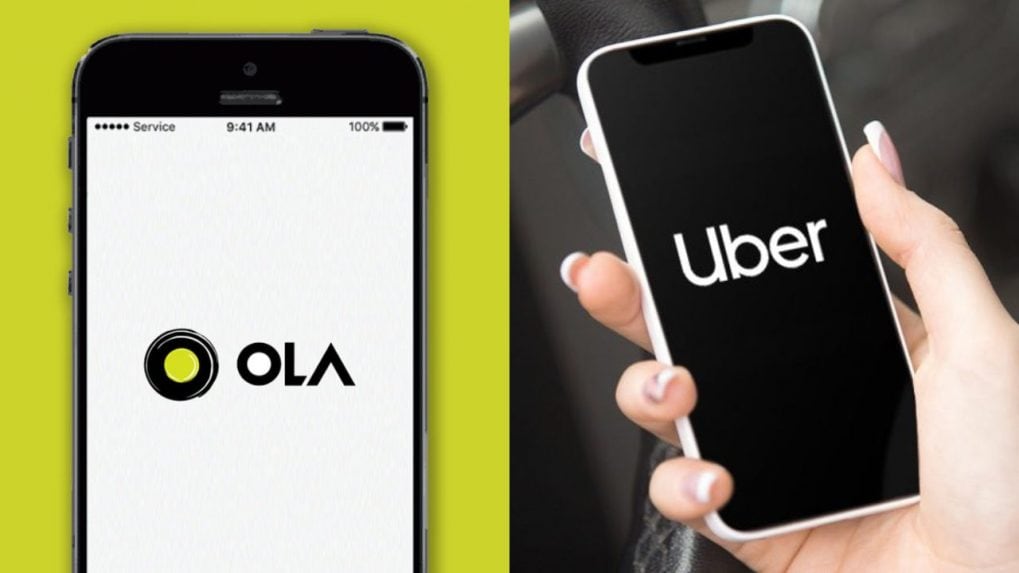Brand Makers
Dil Ka Jod Hai, Tootega Nahin

In disappointing guidelines for commuters, the Centre has allowed cab aggregators Ola and Uber to double the fare from the base price during peak hours as against 1.5 times earlier as per the Motor Vehicles Aggregator Guidelines under the Ministry of Road Transport and Highways of India.
During the non-rush hours, ride-hailing firms, such as Ola and Uber, cannot charge less than 50%, the guideline added.
However, 10% of the fare, not exceeding Rs 100, will be imposed on a driver if the ride is cancelled without reason. A similar penalty will be imposed on passengers for similar cancellations.
States need to adopt the revised guidelines within three months from the date of their issue, the ministry order mentioned.
Further, the base fare chargeable will be for a minimum of three kilometers to compensate for dead mileage, including the distance travelled without a passenger and the distance travelled and fuel utilized for picking up a passenger.
The driver onboarded along with the motor vehicle with the aggregator will receive 80% of the fare applicable, including all costs under the driver's fare. If the cab is owned by the aggregator, the driver will receive at least 60% of the fare applicable.
For passenger safety, the guidelines directed the cab aggregators to install vehicle location and tracking devices and ensure that the data remains within the aggregator's system and is linked to the state's integrated command and control centres.
Further, the centre has mandated the aggregators to establish control rooms with 24/7 operations and ensure that all motor vehicles onboarded maintain uninterrupted movements of motor vehicles and the onboarded drivers.
From Delhi’s sharp-tongued lyricists to Chennai’s bilingual innovators and North-East India’s experimental beatmakers, Rap 91 LIVE’s lineup was a sonic map of the country’s cultural diversity.
Read MorePiyush Pandey was a force of nature - brute force for his opponents and a natural creative at heart.